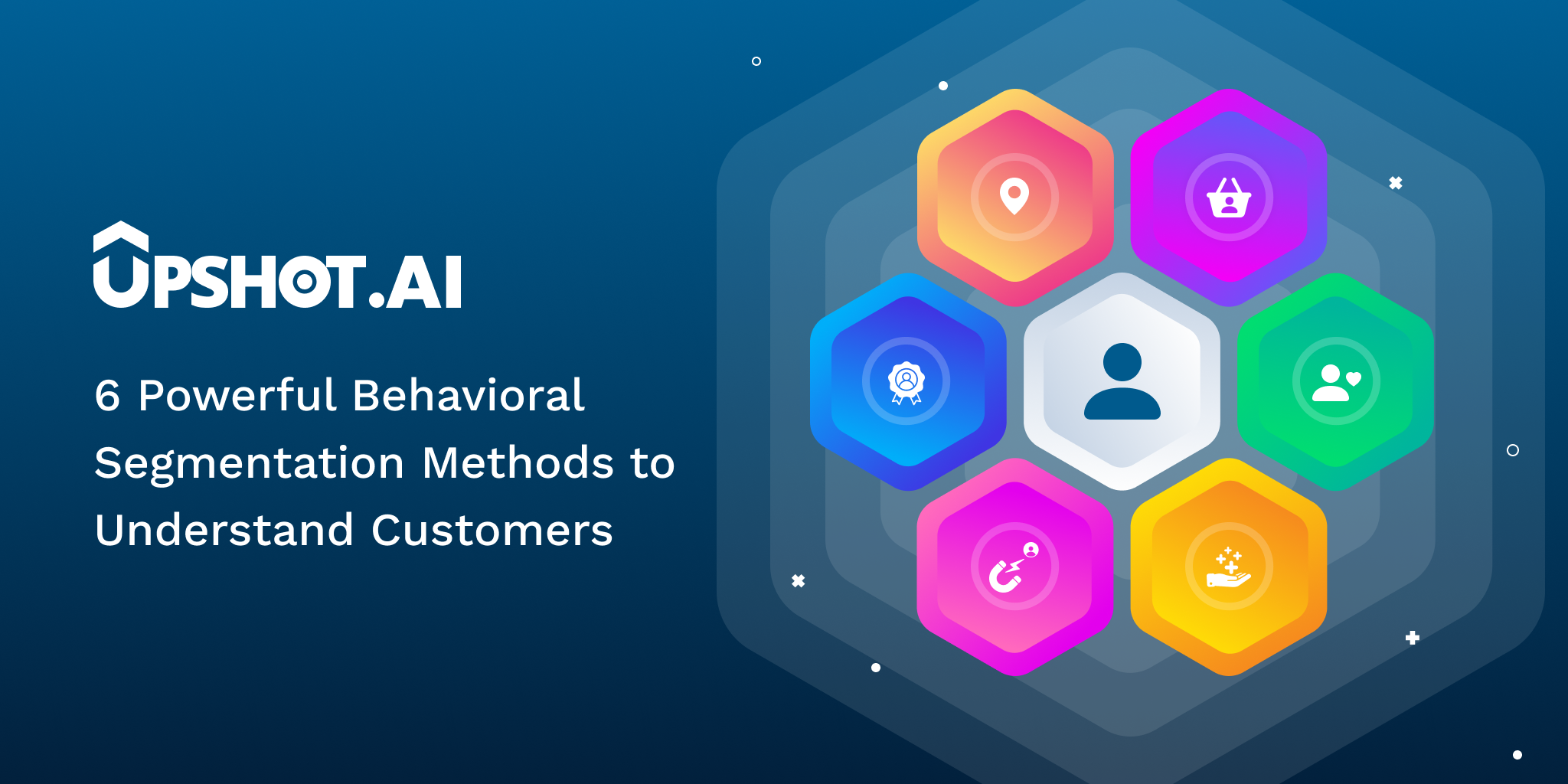Blog / 6 powerful behavioral segmentation methods to understand your customers
6 powerful behavioral segmentation methods to understand your customers
Shehnaz Abdul Jabbar
Sep 20, 2022
Reading time: 6 mins
Leave a Reply
Your email address will not be published. Required fields are marked *







